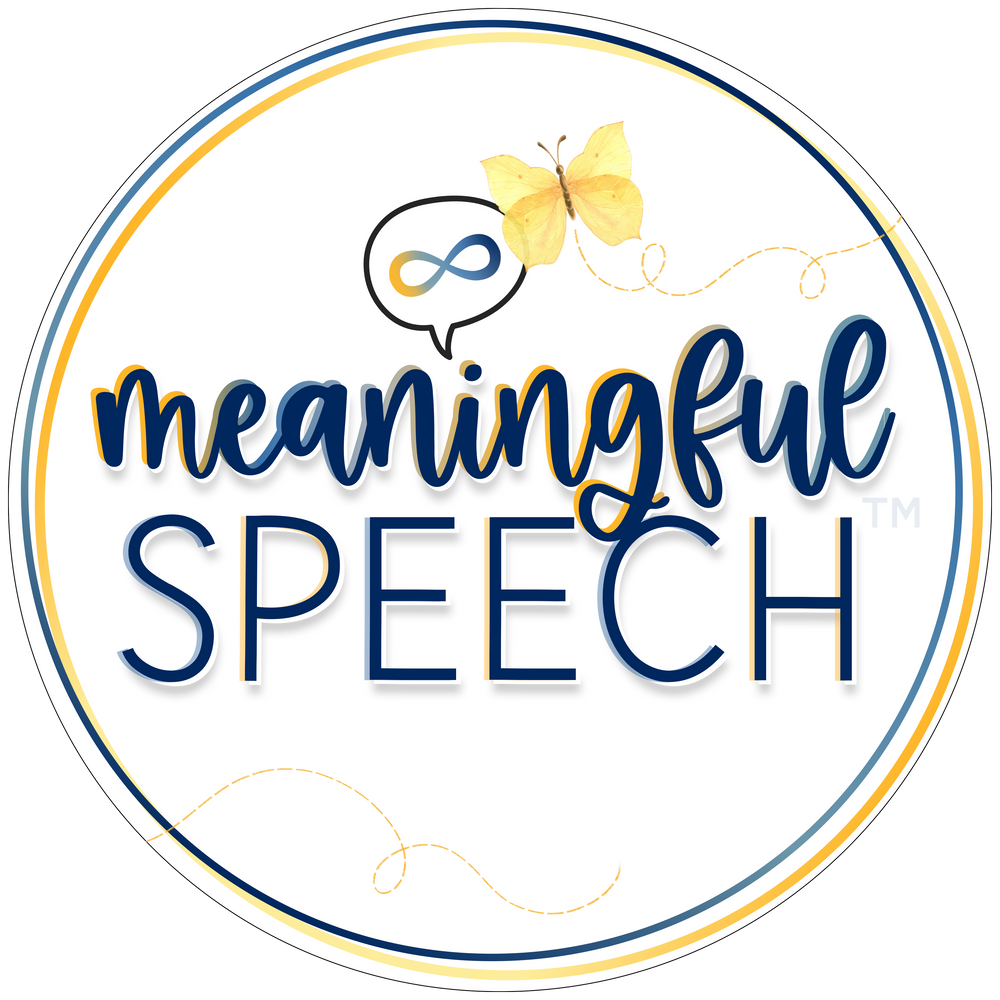Why do some gestalts stick and others don’t?
May 24, 2023
We get a lot of questions from both parents and professionals asking why their gestalt models aren’t being picked up by the gestalt language processor(s) they’re supporting. In stage 1, our goal is to increase the amount and variety of mitigable (easy to mix and match or trim down) gestalts a gestalt language processor is using to communicate. To support gestalt language processors in this stage, it’s important to know what makes gestalts stick. There are a number of reasons why models might not be picked up and used to communicate.
Gestalts are tied to experiences
Gestalt language processors are “intonation babies”. They tune into language that is high in emotion and intonation. In stage 1, their basic units of language are gestalts. Gestalts can be any length. They might be as long as a movie or as short as a single word. Each chunk holds a much larger meaning to the child and is derived from an experience. Most times the words derived are not literal, but are used to convey the experience and often emotion felt during that experience. Many gestalt language processors are also very musical. Music and musical experiences can “stick” for them as well.
Delayed Echolalia is fun!
Gestalt language processors at any stage may use delayed echolalia (gestalts) because it’s fun! Adult gestalt language processors with flexible, original language have reported that they use delayed echolalia because they like the way it sounds, they use it for vocal play/stimming or if they can’t access more flexible language at the moment (due to sickness, overwhelm, fatigue, etc.).
How can you help new gestalts “stick” for Stage 1 Gestalt Language Processors?
- Focus on connection. The most important thing you can do is build connection, trust and rapport with the child. A gestalt language processor won't pick up on your language models if they don't feel connected to you.
- Always acknowledge all gestalts. Even if you don't know what the child is trying to communicate yet, you should acknowledge their communication. Then, do the detective work to figure out what the gestalt means (they're rarely literal), and model what you *think* they want to say. It might take a few tries. You’ll know you’ve got it when you get that smile, "bingo eye contact" or they repeat back the words you modeled.
- Make it meaningful. The language you are modeling should be meaningful to the child and accurate to what they want to communicate. It should not be based on what you think they should communicate. If the language models do not resonate with the child and what they want to say, they will not pick up your language models.
- Model gestalts with high emotion and intonation. Gestalt language processors are "intonation babies". They tune into the intonation and melody of the gestalts they pick up.
- Consider regulation. Regulation is foundational to language development. If a child is dysregulated they cannot effectively pick up on your language models. Work/consult with an OT well-versed in sensory processing, if possible.
Want to learn more in-depth information about how to support gestalt language processors?
- There are many free podcasts, webinars and articles to get you started. A comprehensive list of resources can also be found on our website and Communication Development Center's website.
- Consider taking the Meaningful Speech course to learn more about how your child or client processes language, how you can help support them from echolalia to self-generated (original flexible) language, child-led therapy, and neurodiversity-affirming practices.
- Consider taking our AAC + Gestalt Language Processing course . It will teach you how to identify, evaluate and support gestalt language processors who use AAC or who you think might benefit from AAC.
- Look for a speech-language pathologist (SLP) who "gets it" and can help you in supporting your child's language development. Check out our registry. for SLPs who understand gestalt language processing and child-led therapy.
